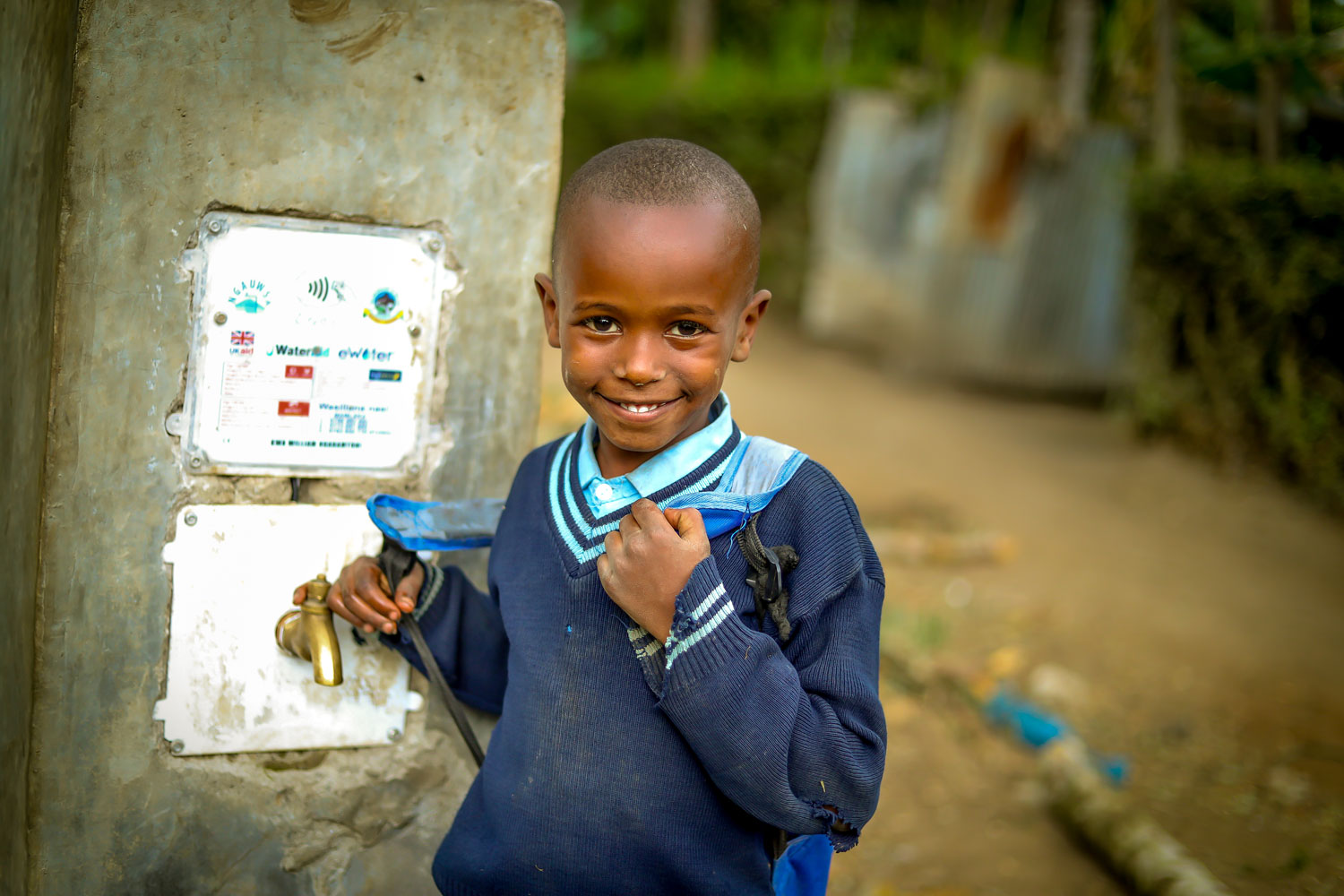Helping governments and corporations achieve net-zero goals
There are times when emissions cannot be avoided or reduced. In these cases, carbon offset purchases can be a critical part of your organization’s climate action strategy. DevvStream maintains a highly curated list of projects across multiple sectors and sources and can match your geographic preferences and budgetary requirements. Contact us, and let our team guide you through current and upcoming opportunities across our decarbonization portfolio.

Effective and Sustainable Clean Water Access in Sub-Saharan Africa
- Project Outline
- About the Developer
- Registry Information
- Purchase Inquiry
This project involves the installation of smart water taps accessible to the public in rural villages across Tanzania, The Gambia, and Kenya. The initiative ensures that, for each smart water tap, up to 50 families have immediate access to clean water around the clock, perpetually. The project boasts a remarkable 90% reduction in water waste, saving an impressive 950 liters of water each day. In addition, by obviating the need to burn wood and charcoal for boiling water from contaminated sources, this initiative annually saves an average of 100 tonnes of CO2 emissions per smart water tap, making a tangible impact on environmental conservation. Finally, this initiative has a transformative effect on the lives of girls within the community by reducing the time spent on water collection from 3-6 hours to just 10 minutes, facilitating a positive domino effect on education and health.
Note that DevvStream was not, and is not currently, involved in the development of the projects listed on this page. These projects have been registered under reputable third-party registries, using established methodologies and standards. Projects listed here comply with all protocols required by their associated standards. By purchasing credits from DevvStream, the buyer has authorized DevvStream to retire purchased credits on their behalf, unless otherwise instructed to transfer purchased credits into the buyer's registry account.

